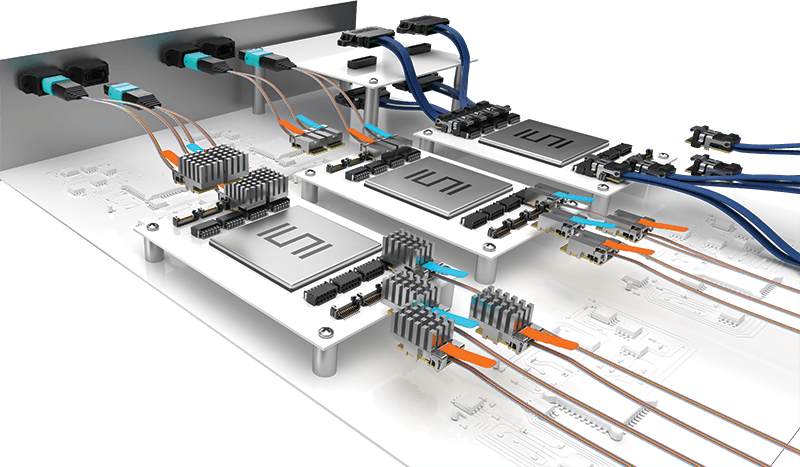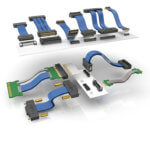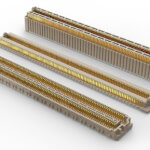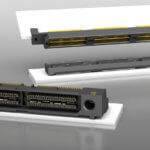There are times when all other forms of medical treatment must give way to surgery. Surgery is the physical treatment of patients to repair or even remove organs and tissues of the body, and therefore is amongst the riskiest of all fields of medicine. Surgical equipment is playing a range of roles in helping surgeons to provide the best care for patients.

To ensure the best possible care for patients, doctors are always adapting and innovating in the field of surgery. Traditional surgery requires invasive techniques that bring with them significant dangers, and surgeons have long depended on the latest technology to augment their skills and experience. The latest generation of devices destined for use in the operating theatre employs cutting-edge technology to delivering diagnosis, therapy, and monitoring of surgical patients.
The operating theatre is a challenging environment in which sophisticated equipment is employed. The need for hygiene and the requirement to create a safe space for both patients and healthcare professionals means that surgical equipment must possess high levels of reliability. The connectors for this environment must deliver the same high performance.
Alternative Methods
As an alternative to traditional surgical methods, doctors are turning to new technologies that allow patients to be treated using minimally invasive techniques in order to deliver the best clinical outcomes. These include new innovative energy sources that sound like something from a science fiction movie. Microwaves, cryoenergy, and even lasers are providing surgeons with the ability to provide targeted treatment with the least impact on the patient.
This is enhanced further with the introduction of robots into the operating theatre. The latest generation of medical robots can perform a range of tasks simultaneously, including diagnosis, treatment, and monitoring. However, it is always vital to remember that every patient is different, and each will present symptoms in a unique way.

Despite their sophistication, robots cannot challenge the years of experience and expertise developed by surgeons in understanding the subtlety of treating patients as individuals. Therefore, the best use of robots within the medical field is to augment the surgeon’s skill with the precision that robotic systems can deliver rather than to replace the surgeon entirely.
The devices that deliver the diagnosis, therapy and monitoring of patients are being tasked with providing sophistication in smaller packages. Not only do medical robots need to perform all these disparate tasks, but they must possess low latency and high reliability. Surgeons who depend on these robots need to be able to see and act immediately, without delay, and the robot therefore needs to provide great visualisation and speed.
Speed and Sophistication in Surgical Equipment
The latest generation of surgical equipment is helping doctors diagnose, treat and monitor patients using high-speed data connections. Combined with the needs of the latest advanced energy sources, connectors for medical equipment must offer high connector densities and mixed contact types, all while providing high performance, even in the challenging surgical environment. With the need to incorporate power, signal, and high voltages, and even optical fiber, engineers require connector solutions that are adaptable and reliable.

that require miniaturized design and high signal integrity
Samtec offers a wide variety of high-performance connectors that are ideally suited for use in medical equipment. With high power solutions, high-speed connectivity, and the latest in active optic systems, Samtec has a proven track record in creating solutions for the latest medical applications. Take a look at the Medical Product Applications page on Samtec.com to learn more.



Leave a Reply